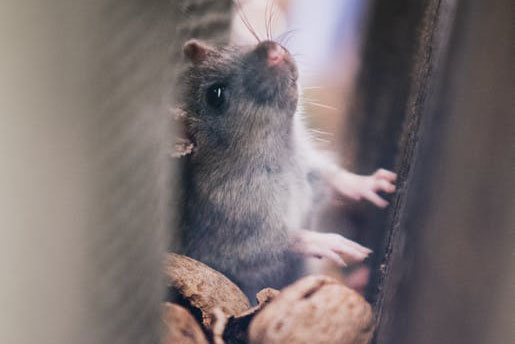What Are They?
Rats, Gophers and Moles can be found in Texas. Ranging from North Texas all the way down towards Mexico. These small animals are easy to spot.
Rats
There are two different types of rats in Texas. The Norway Rat, commonly referred to as the sewer rat, house rat, or gray rat, the Norway Rat is the most common rat in Texas. They range 7-10 inches long including their long, thick tail. They have a round nose, small beaded eyes, and small ears. They are dark grey in color and their tail is a lighter color. They like to burrow in clutter around buildings or houses such as woodpiles, garbage, undisturbed materials or pallets. The second type of rat found in Texas is the Roof Rat. Roof Rats look similar to the Norway Rat however they are much longer. Roof Rats like to climb and can be found anywhere there is food. They typically migrate in groups. Rats can become harmful as they can spread diseases and harmful bacteria around your house and should be taken care of if you suspect there is a problem.
Gophers
Texas is known to have one species of Gopher, which is the Texas Pocket Gopher. They prefer sandy areas and are typically found in South Texas but can also be found in North Texas and Central Texas. Males can be as big as a foot and females are slightly smaller. They are a dull, grey-ish brown. They operate on a burrow system and spend most of their time protecting that burrow and rarely leaving their burrow. Their diet mainly consists of plants and trees.
Moles
The Eastern Mole, is the only mole that can be found in Texas. The Eastern Mole has a keen sense of smell and touch but are almost blind. They are most active on damp, cloudy days in the spring and fall. They live in the seclusion of underground burrows, coming to the surface only rarely, and then often by accident. Because of its secluded life underground, the mole has only a few natural enemies. Coyotes, dogs, badgers and skunks dig out a few of them, and occasionally a cat, hawk or owl surprises one above ground. Probably the greatest threat to moles is the flooding of lowlands during rainy seasons. Their diet consists of insects and their larvae with vegetation only making up a small proportion of their regular diet. The Eastern Mole may destroy only a few plants or bulbs by direct feeding. The main damage is done when plant roots are dislodged as the animals tunnel through the soil in search of insects. Their burrowing can disfigure lawns and parks, destroy flower beds, tear up the roots of grasses and create havoc in small garden plots.


